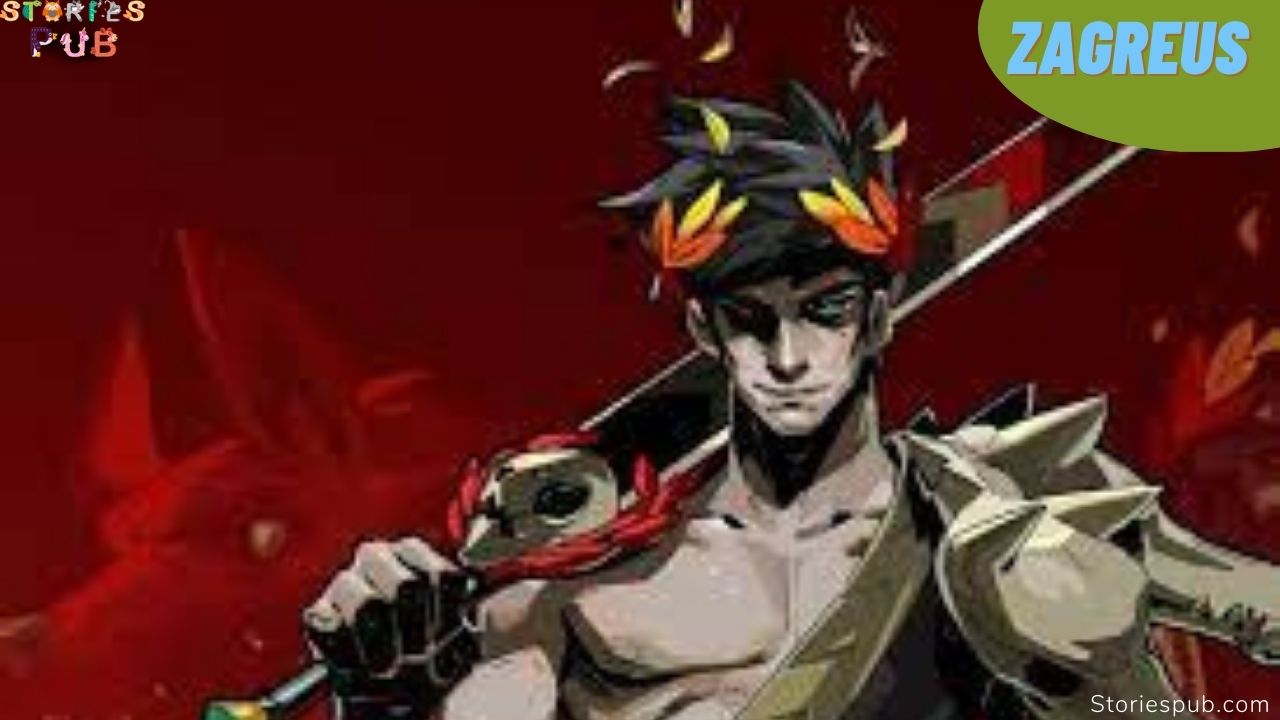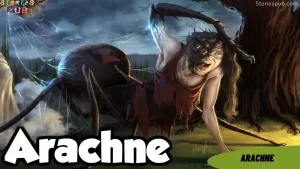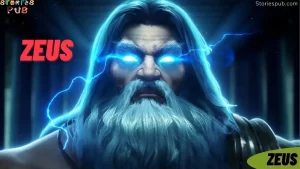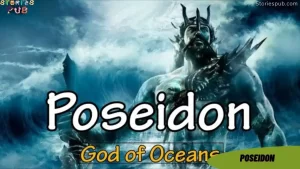Zagreus: The Prince of the Dead or a Bringer of Life?
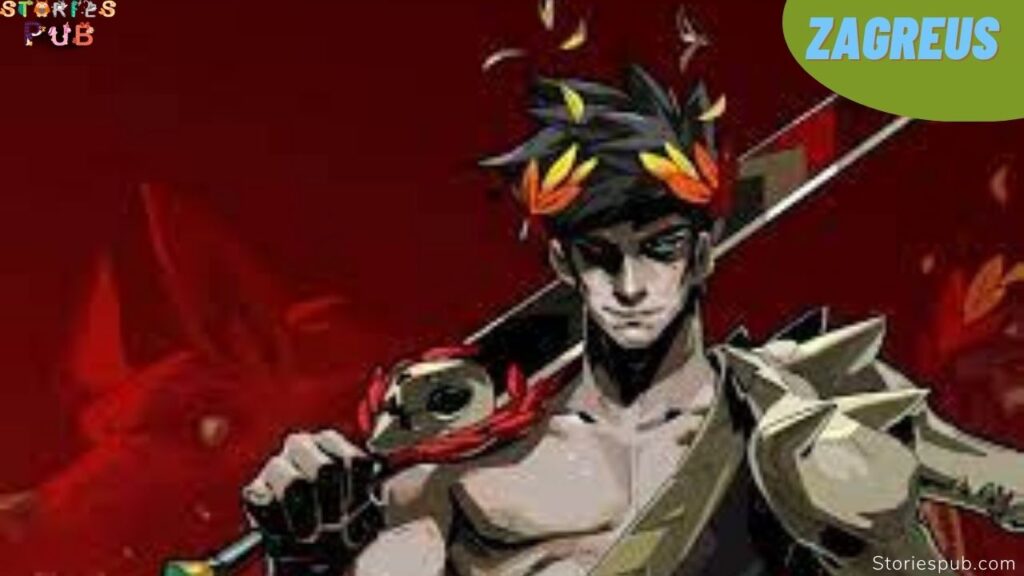
Zagreus is a figure from Greek mythology, known for his heroic journey to the underworld. He is often depicted as the son of the god Zeus and the mortal woman Persephone, making him a demigod. According to legend, Zagreus set out to reclaim his rightful place as ruler of the underworld after being exiled by his father. The journey was filled with challenges and obstacles, including battles with monsters and encounters with the Furies, the underworld’s guardians. Despite the odds, Zagreus remained determined and eventually succeeded in his quest, becoming the ruler of the underworld and establishing himself as a powerful force in the pantheon of Greek gods.
In addition to his underworld conquests, Zagreus is also known for his association with the mysteries of the underworld and the afterlife. In ancient Greece, mystery cults dedicated to Zagreus offered initiates a chance to connect with the divine and attain a deeper understanding of the afterlife. These cults, which were popular among both the elite and common people, played an important role in shaping religious beliefs about the afterlife and the nature of existence.
In modern times, Zagreus has become a popular subject of literature and art, inspiring works that explore themes of death, rebirth, and the search for meaning in life. He continues to be revered by those who seek to understand the mysteries of the afterlife and the nature of existence. Whether seen as a symbol of hope and determination, or as a representation of the human spirit’s unquenchable thirst for knowledge and understanding, Zagreus remains a powerful and enduring figure in the world of mythology.
History and Origin of Zagreus
The exact origin of the figure of Zagreus is uncertain, with different versions of the myth appearing in different historical periods and cultural contexts. However, it is believed that Zagreus has roots in ancient Minoan religion, which predates the classical Greek pantheon. In Minoan religion, a bull-horned god was worshipped as the embodiment of death and resurrection, and some scholars believe that this figure may have inspired the character of Zagreus.
In classical Greek mythology, Zagreus is first mentioned by the poet Orphic, who lived in the 5th or 4th century BCE. According to Orphic tradition, Zagreus was the son of Zeus and Persephone and was destined to rule over the underworld. However, he was murdered by the Titans and dismembered, but was later resurrected and reborn. This mythology of Zagreus served as the basis for the Orphic Mysteries, a religious cult that focused on the mysteries of death and the afterlife.
Over time, the figure of Zagreus became integrated into the broader pantheon of Greek gods, and his story was expanded upon and reinterpreted by various writers and poets. In the Hellenistic period, for example, Zagreus was associated with the god Dionysus, and was considered a precursor to the god of wine and revelry.
Regardless of its exact origin and evolution, the character of Zagreus remains a powerful and enduring symbol in the world of mythology, representing themes of death and rebirth, the search for meaning, and the human desire for transcendence.
Also Read Complete List of Greek God, Their Influence, Limitation, and Power
Zagreus family and parents
Zagreus is typically portrayed as the son of Zeus and Persephone in Greek mythology. Zeus, the king of the gods and the ruler of the sky, is considered the most powerful of all the gods, while Persephone is the goddess of the underworld and the daughter of Demeter, the goddess of agriculture.
The union between Zeus and Persephone produced Zagreus, making him a demigod with divine powers. However, due to the hostile nature of the underworld and the difficulty of ruling over it, Zagreus was often portrayed as being in conflict with his parents and other members of the pantheon of Greek gods.
In some versions of the myth, Zagreus is depicted as being the object of a power struggle between his parents, with each seeking to control the underworld and rule over it through their son. In others, he is portrayed as being betrayed by his own father, who exiled him from the underworld and left him to face the challenges of his journey alone.
Regardless of the specifics of the myth, Zagreus is often portrayed as being a complex figure, whose relationships with his family and parents are marked by both love and conflict. Through his story, the figure of Zagreus explores the themes of filial piety, the search for identity, and the difficulty of balancing the demands of the divine and mortal worlds.
Also Read Complete List of Greek Goddesses, Their Influence, and Their Power
Powers and Abilities of Zagreus
As a demigod in Greek mythology, Zagreus was believed to possess a range of divine powers and abilities. According to legend, he was born with immense strength and cunning, making him a formidable opponent in battle. He was also said to have the ability to control the elements, wielding lightning bolts and causing earthquakes with a single strike of his powerful fists.
In addition to his physical prowess, Zagreus was also believed to possess spiritual and mystical abilities, including the power to commune with the dead and to see into the future. This made him a valuable ally in the afterlife and gave him a deep understanding of the mysteries of existence.
Another of Zagreus’ abilities was his control over the underworld and the dead. According to legend, he was able to summon spirits and command the demons that inhabited the underworld, making him a powerful ruler and a force to be reckoned with.
Finally, Zagreus was also associated with the mysteries of the afterlife and the pursuit of knowledge. He was said to have the ability to unlock the secrets of existence and to offer initiates a glimpse into the divine. This made him a popular figure among those seeking spiritual enlightenment and a deeper understanding of the mysteries of the afterlife.
In summary, Zagreus was believed to possess a wide range of powers and abilities, making him a formidable figure in Greek mythology and a symbol of strength, wisdom, and spiritual enlightenment.
Limitations of Zagreus
Although Zagreus was a powerful demigod in Greek mythology, he was not without limitations. One of his main limitations was his mortality, as he was still a half-human and half-god and was thus subject to the same weaknesses and limitations as any mortal.
Another limitation of Zagreus was his limited control over the underworld and the dead. Despite his immense power and control over spirits and demons, he was still subject to the rules and limitations of the underworld and was unable to fully control its forces.
Zagreus’ relationship with the other members of the pantheon of Greek gods was also a source of limitations. Despite his divine powers, he was often in conflict with his own family and other members of the pantheon, who saw him as a threat to their own power and rule.
Finally, Zagreus’ quest for knowledge and spiritual enlightenment was also a source of limitation. Despite his powers, he was still subject to the laws of the universe and was unable to fully unlock the mysteries of existence.
In summary, despite his immense powers and abilities, Zagreus was still subject to limitations and challenges, making him a complex and multifaceted figure in Greek mythology, who explored themes of mortality, the limitations of power, and the pursuit of knowledge and spiritual enlightenment.
Zagreus as a God
In some myths, he is depicted as an underworld god and as the Prince of the Dead, while in others he is seen as a symbol of rebirth and resurrection. Despite his relatively minor role in classical mythology, Zagreus has gained popularity in modern times, particularly in popular culture and fiction.
Kids, how much did you like this Zagreus: The Prince of the Dead or a Bringer of Life?, please share your view in the comment box, also share this story with your friends on Social Media so they can also enjoy this story and for more stories visit storiespub.com
Suggeted Post :-


